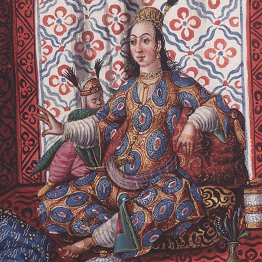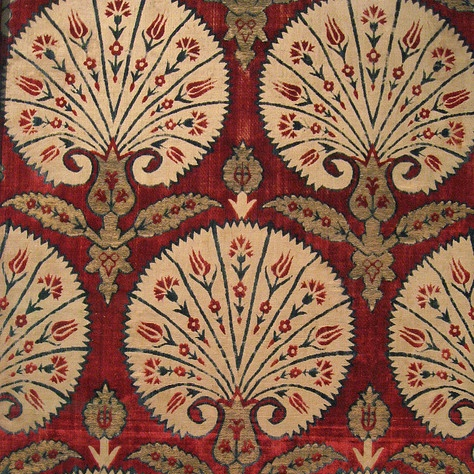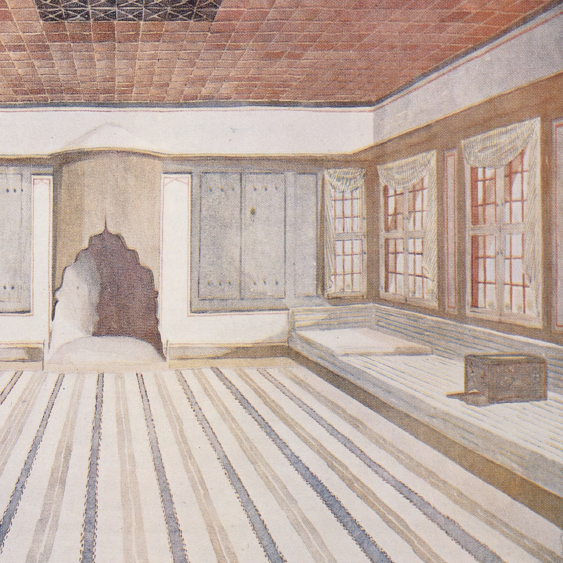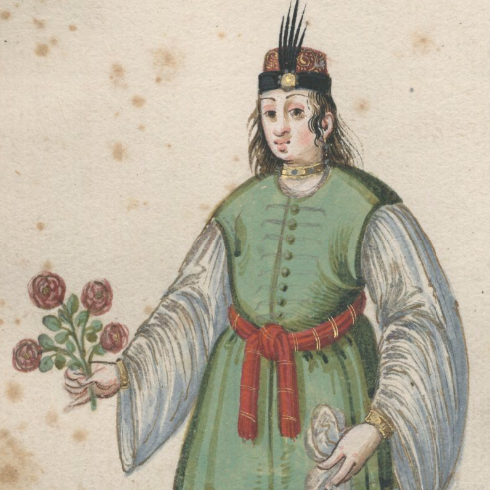Zıbın
The hip-length underjacket worn by both sexes over their gömleks. In the 16th century the zıbın was often visible and was made of valuable fabrics. However, by the end of the century, men’s zıbıns became less important and were worn mainly for warmth, not display. Women continued to wear zıbıns in expensive fabrics…







